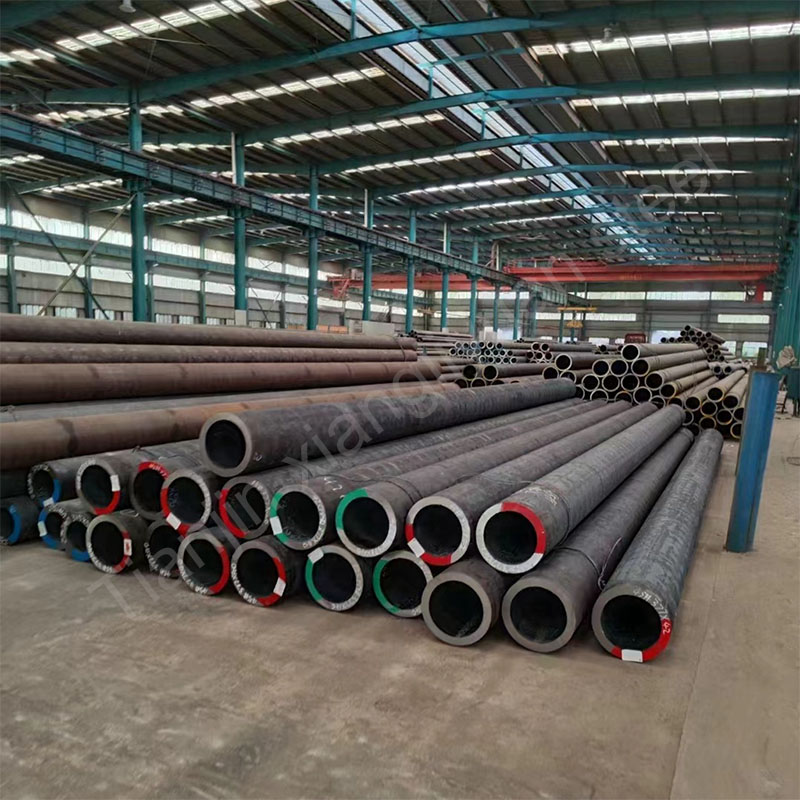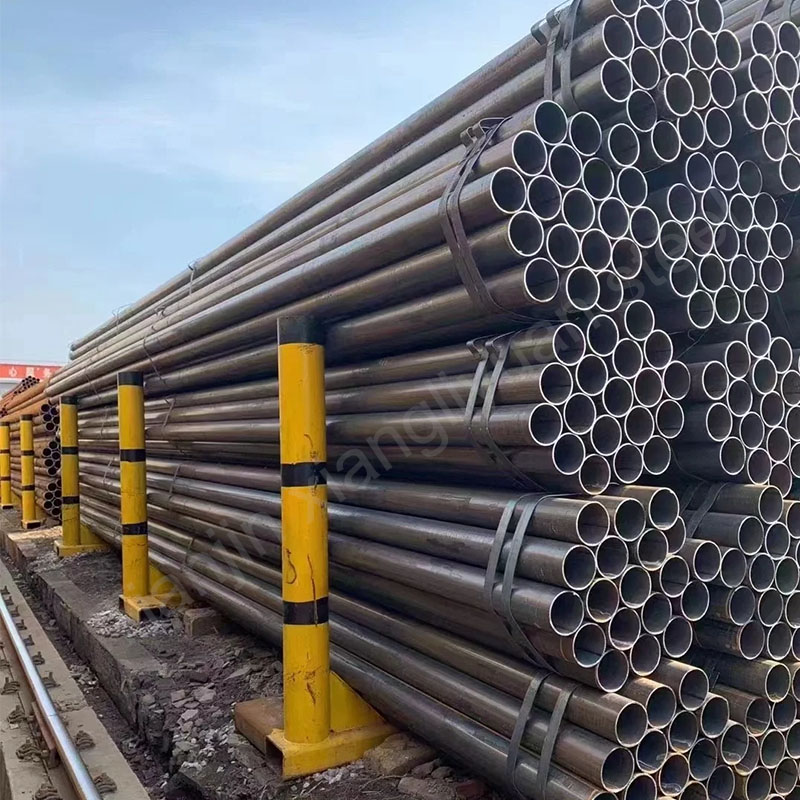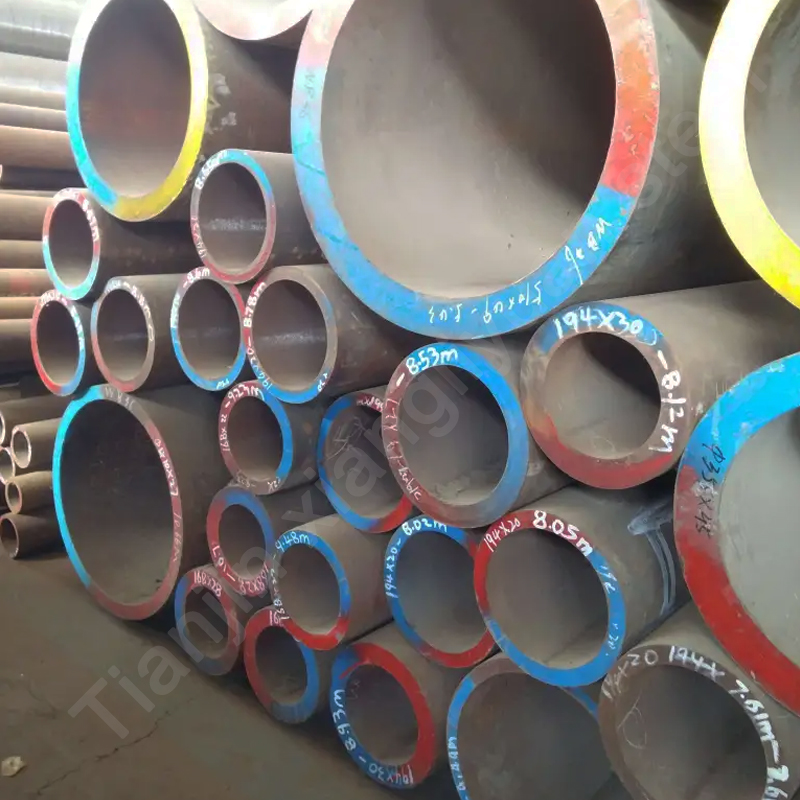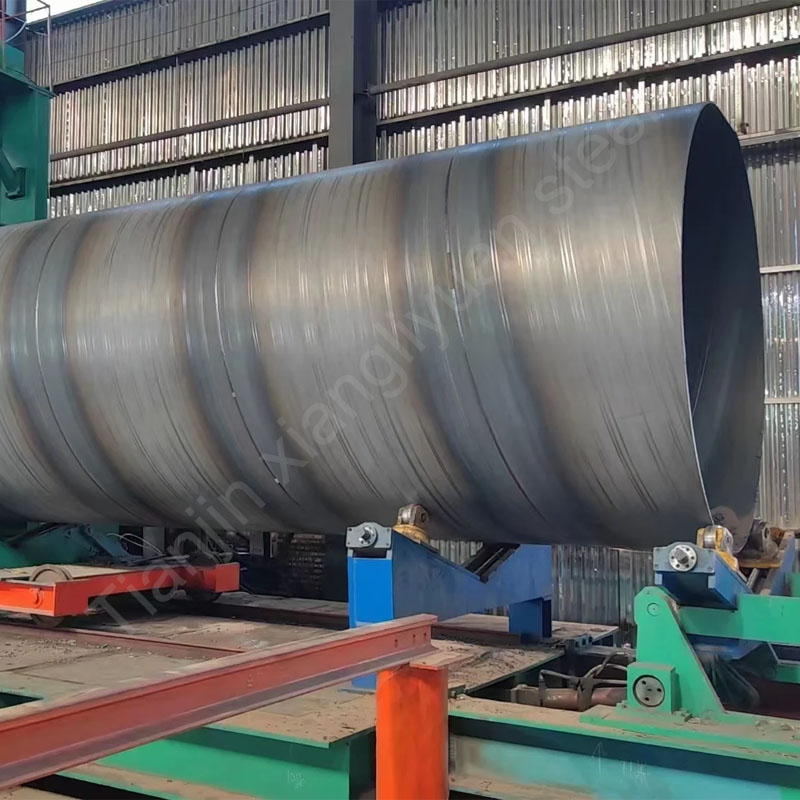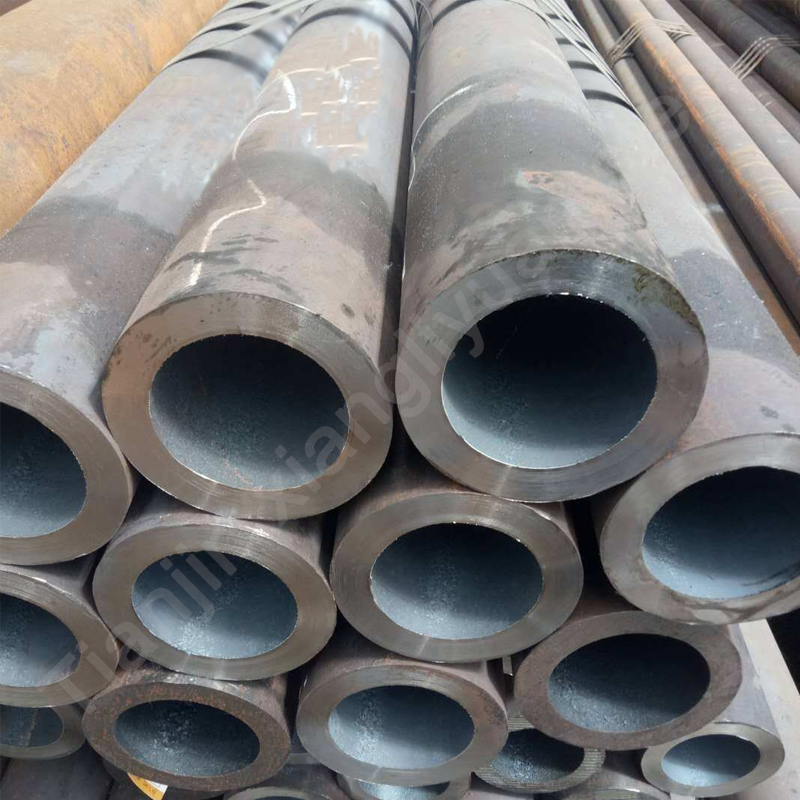The following are some commonly used grades and related introductions of carbon steel pipes in the world, classified according to common standards and countries:
1. United States (ASTM/ASME standard)
ASTM A106
Purpose: Seamless carbon steel pipes widely used in high temperature and high pressure environments.
Grade: Divided into three grades: A, B, and C, among which Grade B is the most widely used.
Features: High strength, high temperature resistance, easy to weld and process.
ASTM A53
Purpose: Suitable for low pressure and medium temperature pipelines, such as water, gas and steam pipelines.
Type: Can be divided into welded pipes (Type E/F) and seamless pipes (Type S).
Grade: Divided into A and B, Grade B has higher strength.
API 5L
Purpose: Mainly used for pipeline transportation in the oil and gas industry.
Grade: Common grades include Grade B, X42, X52, X60, X70, etc. The suffix number indicates the minimum yield strength.
Features: Both strength and toughness, suitable for long-distance pipelines.
2. Europe (EN/DIN Standard)
EN 10210 / EN 10219
Purpose: Seamless or welded carbon steel pipes for structural purposes, widely used in construction and engineering.
Material: such as S235, S275, S355, etc., where the number represents the minimum yield strength (in MPa).
EN 10208
Purpose: Oil and gas pipelines.
Grade: L245, L290, etc., similar to API 5L.
DIN 17175
Purpose: Seamless carbon steel pipes for high temperature conditions, commonly found in boilers and heat exchangers.
Material: such as St35.8, St45, etc., suitable for different high temperature strength requirements.
3. Japan (JIS Standard)
JIS G3452
Purpose: Carbon steel pipes for ordinary pipelines, suitable for water, gas and steam transportation.
Grade: such as SGP (Steel Gas Pipe).
JIS G3445
Purpose: Carbon steel pipes for mechanical structures, such as automotive parts, mechanical equipment, etc.
Grades: Such as STKM11A, STKM13C, corresponding to different strength and toughness requirements.
JIS G3461
Purpose: Seamless pipes for boilers and heat exchangers.
Material: STB340, STB410, etc., with good high temperature resistance.
4. China (GB Standard)
GB/T 8163
Purpose: Seamless steel pipes for conveying fluids.
Material: Commonly used are 20#, Q345B, etc., widely used in the transportation of water, oil and natural gas.
GB/T 3087
Purpose: Seamless steel pipes for low and medium pressure boilers.
Material: Such as 10#, 20# steel, with good pressure resistance and heat resistance.
GB/T 5310
Purpose: Seamless steel pipes for high pressure boilers.
Material: 20G, 15CrMoG, etc., suitable for high temperature and high pressure environments.
5. International general standards
ISO 3183
Purpose: oil and gas pipelines, equivalent to API 5L.
Grade: divided into L245, L360, etc., connected with API standards.
BS 1387 (British Standard)
Purpose: general-purpose threaded and non-threaded steel pipes, mainly used for water and gas pipelines.
GOST 8731/8732 (Russian Standard)
Purpose: seamless steel pipes, widely used in oil pipelines and machinery manufacturing.
Material: 20, 45, etc.
The international grades of carbon steel pipes vary depending on the standards and uses. The ASTM in the United States, the EN in Europe, the JIS in Japan, and the GB standards in China have their own characteristics. When choosing, enterprises need to match the appropriate grades according to the application scenarios, mechanical properties and environmental protection requirements. At the same time, understanding the docking and substitution relationship between grades in different countries (such as the interoperability of API and ISO standards) is also an important skill in international trade.

